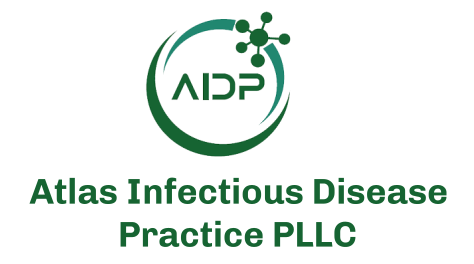Artificial intelligence (AI) is playing an increasing role in healthcare practice and professional education. Timothy Aungst, PharmD, professor of pharmacy practice at the Massachusetts College of Pharmacy and Health Sciences in Worcester, Massachusetts, discussed the use of AI in stewardship education during his keynote presentation, “Digital Health and Infectious Diseases,” at MAD-ID 2025 in Orlando, Florida.
When asked about AI in health professional education, Aungst identified two main areas of focus. “One is, how do we think about using AI as educators ourselves? There’s multiple things that can be very beneficial for us on a day-to-day basis. The other thing, though, I think, is a concern: how do we help this with students and learners?”
He explained the shift in how learners might interact with AI. “I’m of the current standpoint that either the future generations of students are going to have to learn to work with AI, or they’re going to let AI think for them. Because of that, I’m a strong believer that we have to integrate artificial intelligence into the curriculum and daily activities to get students thinking about how we use these tools.”
Reflecting on technology in pharmacy education, Aungst said, “It’s not a big leap for us as pharmacists. And for past medical education, we’ve always had technological advancements on a day-to-day basis that people would use. You know, we don’t carry around peripheral brains anymore—no more red books, things like that, information handbooks. Rather, you can find things online, on your phone.”
Turning to antimicrobial stewardship, Aungst pointed to the role of data in infectious diseases. “You know, the one big thing with AI and antimicrobial stewardship, I think that’s going to be really huge, is sepsis management, antibiograms—just ID itself is very data driven. Because you have so much data, there’s a lot to fall back on. There’s a lot for these AI models to be trained on, whether it’s institutional-specific, national, or international.”
He described how AI might be integrated into existing clinical systems. “What’s going to happen is—my expectation is—you will see our electronic health records, other surveillance platforms, etc., that a lot of ID specialists play with, are going to have AI components brought into them. What do you want to use on a day-to-day basis? What do you trust? What is your institution going to integrate into your systems?”
Aungst emphasized the continued need for human oversight. “You will always need a human in the loop for any of these AI systems. That being the case, if you’re the ID specialist with medications and patient care, odds are you may be called upon to vet some of these things. And that may be on the ethical principles of use, that may be on the application, that may be to assure that these models do not drift and get away from what they’re supposed to, and that you’re getting the best bang for your buck—very similar to how we also look at any adoptions we have in EHR systems, pharmacy management systems, etc.”
On the topic of AI in education, Aungst said, “I think this makes conversations and education with students go way faster. I look at it like a lot of basic knowledge these days can be found on Google. AI can handle that.”
However, he urged educators and learners to go deeper. “Too many people are so focused on who, what, when, where, how—but why? Why do we do this? Why are we using this drug? Why, and what has historically happened that we don’t want to do X again? These models aren’t really trained around a lot of this historical data.”
Aungst also expressed concerns about the limitations of current tools. “We call this a black box. Black box AIs are not a good thing because it’s almost like magic—it can’t explain itself. We want explainability. We want trustworthiness in our AI platforms if we want to use them clinically at the end of the day.”
He concluded with a perspective on how AI can be introduced into education responsibly. “They can help with journal clubs, they can help with questions, they can help with very simple things. But at the end of the day, you need to start with: what is the limit that you can use this stuff for, and what is worthy of giving trust at the end of the day to be utilized?”






